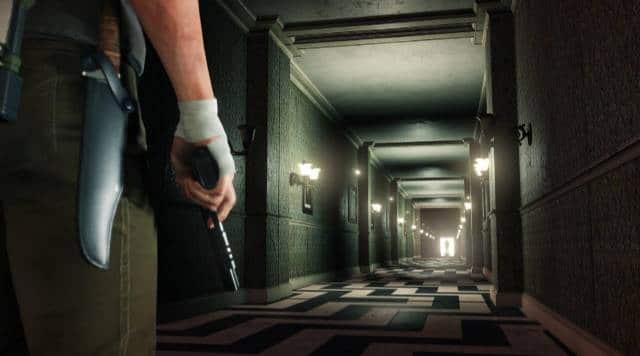What is Classical Mode and why we need it in all such games
Once the Evil Within 2 is over, in addition to the New Game Plus , this new mode is unlocked, just for the purists of the real horror survival of o
nce. Without compromising, bad and able to bring you to exasperation if not dealt with with the utmost rigor, Classic Mode deprives you of all weapon upgrades, it does not allow you to acquire any kind of ability to Sebastian,
disable self-help and assistive purposes , and finally, as a cherry on the cake, it gives you a maximum of seven bailouts.
Only seven times in a game that is not easy and can last for about fourteen to fifteen hours should only tremble at your thoughts, especially since you will
have to be armed with great patience and prepared for any crises that might force you to desist and to set aside your dreams of individualistic glory.
Yet, only when dealing with the mode in question, one really becomes aware of how the game is transformed into something profoundly different: tension is always palpable, there is the fear of mistaking any move, getting unprepared, sending in plague long playi
ng sessions hours. And all this because you can not save it as often as you like; you have to resist, survive as best you can. You never have the comfort of a self-recovery that can put things in place, which can bring the player b
ack to the moment before the clamorous mistake. There is no way to redeem it (unless you want to have another long session, hoping you will not make the same mistakes).
Here is the true spirit of horror survi
val: knowing that the chances of doing it are really few, reduced to the bone, almost null.
Beyond the most obvious considerations of the change of approach to games, when confronted with Classical Mode, change is also the perception of Th
e Evil Within 2 . The underlying motives are very simple: you stop taking for granted different sections of the game, you look more closely at the
goodness of the work of the development team, you start to understand the design level to the full, you appreciate the change of perspective which will make you observe everything in a different way.
The Inside Inside, that good for real
Far from wanting to magnify the difficulty at all costs, nor is this the goal of the article. Learning to look with different eyes is important, just as it is to reconsider everything we usually tend to judiciously judge. That the sandbox phases are the least successful of
the work is a confirmation that, as already explained in the review , I find no reasons to retract. Yet they also change their faces and become big areas where their moves should be well planned, decide whether to support the instinct to do everything in a hurry to permanently close the chapters, or refuel to have more chances to complete the proposed challenge .
If in a first game the outdoor sections are not seen with good eye and can even be judged as bad design choices that ruin the atmosphere and disp
erse the sense of terror, anguish and precariousness when confronted with a second they have an opposite effect for long stretches.
I recall that for the review I had to try a long marathon in which I was forced to complete the game in one day and one night because there was not enough time, the code had arrived very late and the embargo was at the gates. I explained, even in the direct of deepening , that ” fortunately the phases outward represented a fifth of the whole work, ” and I told him why those sections, unlik
e all the others, did not particularly convince me. I could not wait to get it done and find out what was going to happen shortly afterwards, a bit like when you have to get rid of bad luck just before you get caught up with something more enjoyable.
I did not mind ” those annoying enemies that could be easily shed ” because at the bottom I felt much safer in the open, where there are always many more loopholes, rather than in claustrophobic corridors where when there is an enemy in front you just have to shoot .

